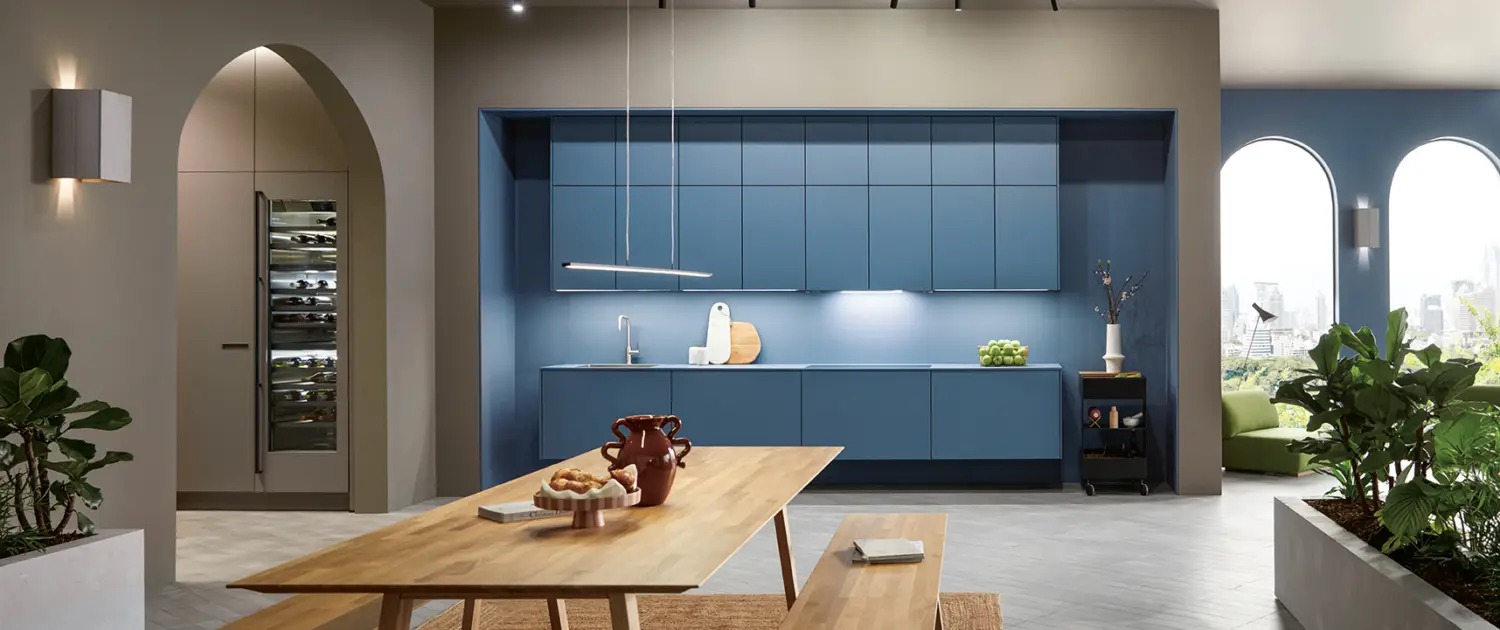
Starting a career as a kitchen designer is an exciting journey that combines creativity, spatial awareness, and a passion for transforming functional spaces into aesthetic masterpieces. If you are into this industry, here’s a guide to help you understand the path toward becoming a proficient and sought-after kitchen designer. Click here to get to know about Dubai kitchens.
Develop a passion for design:
A genuine passion for design is the foundation of a successful career as a kitchen designer. Cultivate your love for creating visually appealing and functional spaces. Stay curious about emerging design trends, materials, and technologies, as this enthusiasm will drive your journey in the field.
Pursue formal education:
While not mandatory, pursuing formal education in interior design or a related field can provide valuable knowledge and skills. Many designers hold degrees in interior design, architecture, or a related discipline. Consider enrolling in accredited programs that cover design principles, spatial planning, and industry-specific knowledge.
Gain practical experience:
Hands-on experience is crucial in honing your skills as a kitchen designer. Seek internships, apprenticeships, or entry-level positions in design firms, home improvement stores, or kitchen showrooms. Practical experience allows you to apply theoretical knowledge, understand client needs, and familiarize yourself with industry practices.
Stay informed about design trends:
Stay abreast of evolving design trends, materials, and technologies within the kitchen design industry. Attend trade shows, workshops, and conferences to network with professionals and gain insights into emerging innovations. Being well-informed positions you as a knowledgeable and contemporary designer.
Develop technical proficiency:
Acquire technical proficiency in design software and tools commonly used in the industry. Programs like AutoCAD, 3D modeling software, and kitchen design software are invaluable for creating detailed plans and visualizations. Technical skills enhance your efficiency and communication with clients and collaborators.
Build a inclusive portfolio:
Assemble an inclusive portfolio showcasing your best work. Include a variety of projects to demonstrate your versatility – from small kitchen renovations to larger design concepts. A strong portfolio becomes a visual representation of your skills and style, helping clients and employers gauge your capabilities.
In addition, effective spatial planning is a cornerstone of kitchen design. Develop a deep understanding of how to optimize space, create functional layouts, and balance aesthetics with practicality. Consider taking courses or workshops specifically focused on spatial planning to refine this critical aspect of your skill set.